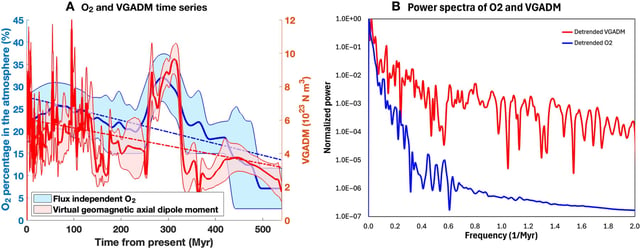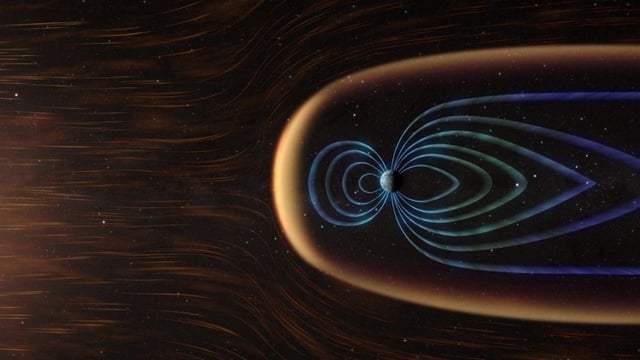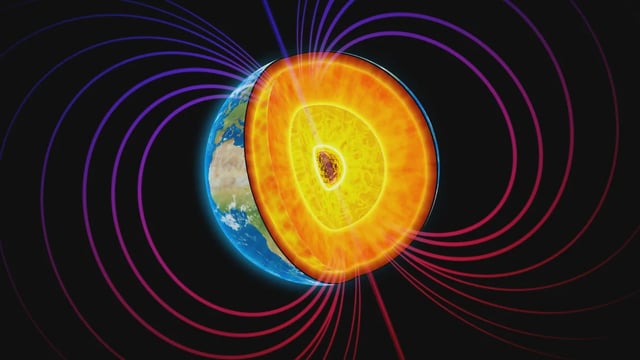Overview
- The study, published June 13 in Science Advances, involved scientists from NASA Goddard, the University of Leeds, University of St Andrews and Florida State University.
- Researchers compared 540 million years of geological data and detected a statistically significant 0.72 correlation between geomagnetic dipole strength and atmospheric oxygen levels.
- Analysis combined virtual geomagnetic axial dipole moment records from ancient rock formations with geochemical oxygen proxies like charcoal and ocean anoxia indicators.
- Scientists suggest mantle convection, tectonic cycles and core dynamics may drive simultaneous variations in magnetic field intensity and atmospheric composition.
- The results offer new criteria for assessing planetary habitability and guiding exoplanet exploration, though the precise causal pathways remain to be clarified.



